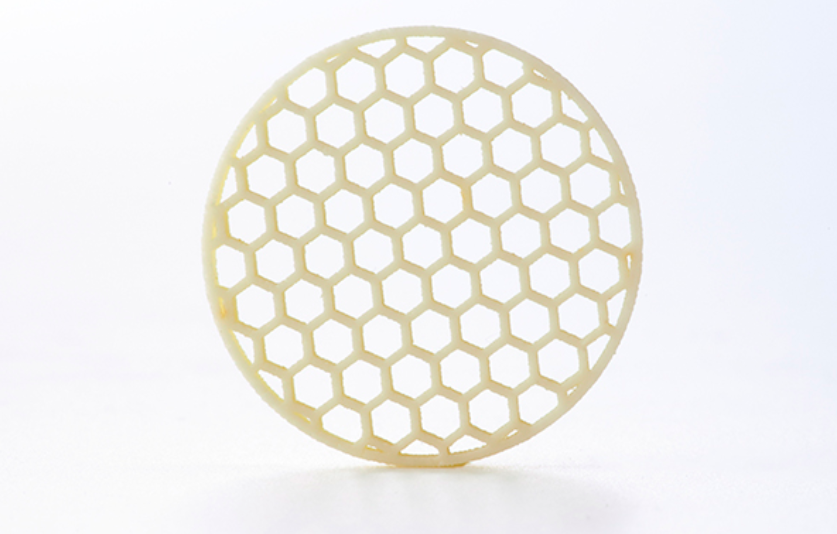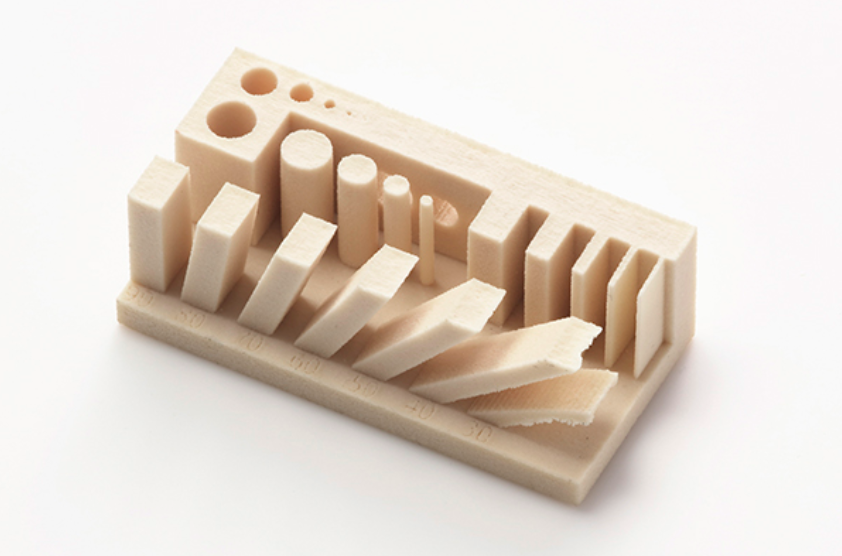Compared to plastic and metal 3D printers, we don’t see nearly as many ceramic printers. This is largely due to the fact that there isn’t nearly as much demand for them and ceramic-based materials regularly don’t produce accurate prints.
In fact, most 3D printed ceramics shrink by approximately 20% during post-annealing processes, making the process difficult at best for prototyping and end-use parts in many industries.
But, Canon, the Japanese company best known for its imaging technology, has announced that it has developed a proprietary ceramic 3D printing material and a new ceramic manufacturing technology for the production of ceramic parts.
The technology has been developed to produce highly accurate ceramic parts with complex geometries, such as honeycomb shapes.
The resulting prints provide the same properties as traditionally-made ceramics, such as insulation as well as corrosion and heat resistance. As a result, Canon believes its 3D printed ceramic parts can be used in many fields.

Selective Laser Melting the New Alumina-Based Ceramic Material
The material developed by Canon is an alumina-based ceramic material which works with its new technology and current selective laser melting (SLM) technologies.
The company explains that the technology can produce parts which are complex, porous and hollow, adding: “when creating honeycomb shapes with hexagonal hollows and a diameter of approximately 19 mm, parts can be produced with high accuracy with differences in external dimensions before and after the annealing stage of less than 0.8 percent.”
Uses for such ceramic prints could be in electric furnaces or parts facing exposure to chemicals that require corrosion resistance. However, Canon Group companies are working on further applications for this technology by prototyping parts for industrial equipment.
Canon has future plans of expanding the use of its new technology. Such areas of expansion are in the medical field. Visit the Canon Global website to stay up to date.
Source: Canon Press Release

License: The text of "Canon Announces 3D Printing Technology and Material for Highly Accurate Ceramic Parts" by All3DP is licensed under a Creative Commons Attribution 4.0 International License.